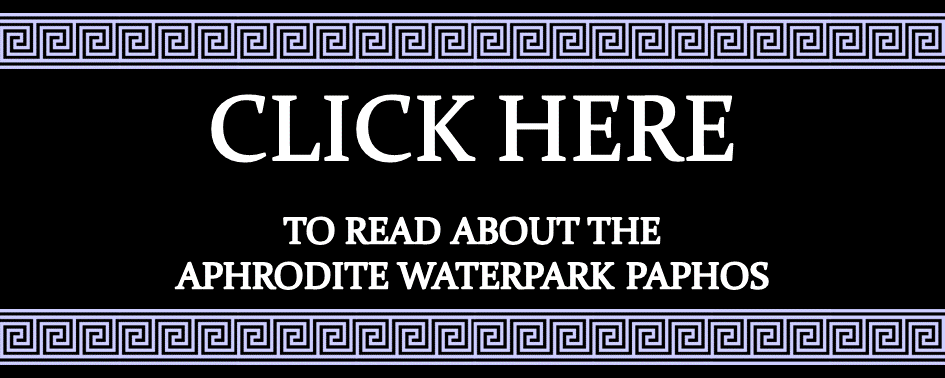SEE THE PAPHOS MOSAICS
AT THE PAPHOS ARCHAEOLOGICAL PARK
A ROMAN LEGACY
A NEW ROMAN CAPITAL CITY
Cyprus became a province of Rome in 58 BC. Paphos, because of its location on the western coast, was promptly installed as the new capital city on the island. Roman administrators maintained a constant building program right up to when their rule ended in 325 AD.

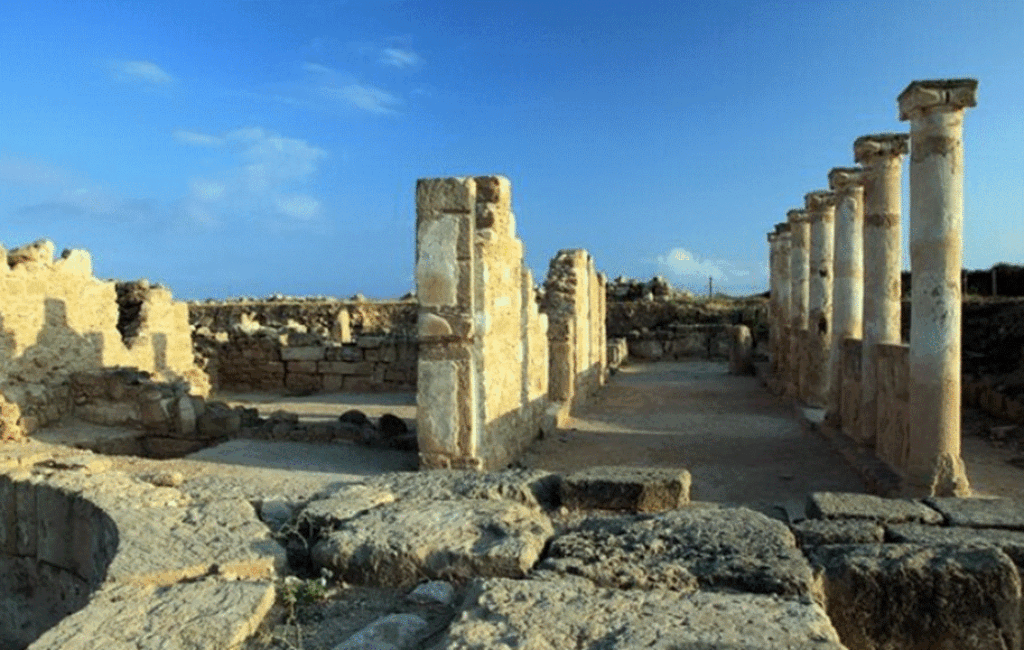
A PREMIER ATTRACTION
Several buildings were constructed during the Roman era that were decorated with Roman mosaics, but only a few have survived. A good example of these is the buildings that house the Paphos Mosaics. Since their discovery, they have been carefully preserved and make up part of the Paphos Archaeological Park, which has become one of the island’s premier attractions. Flanked by the PAPHOS LIGHTHOUSE and harbour, visitors can experience the Paphos Mosaics in a well-preserved ancient settlement.
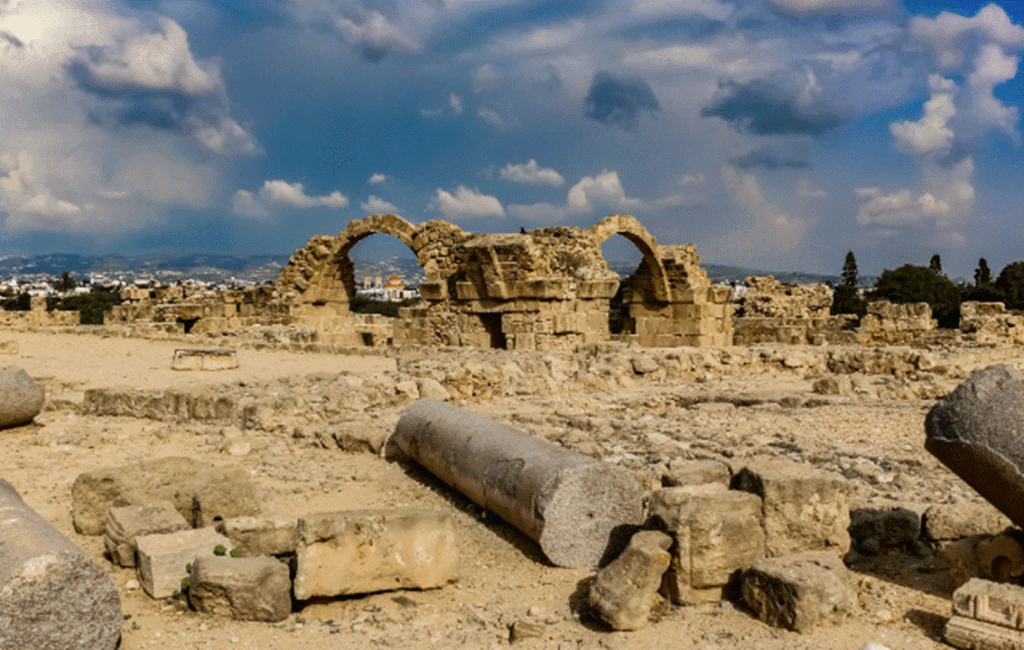
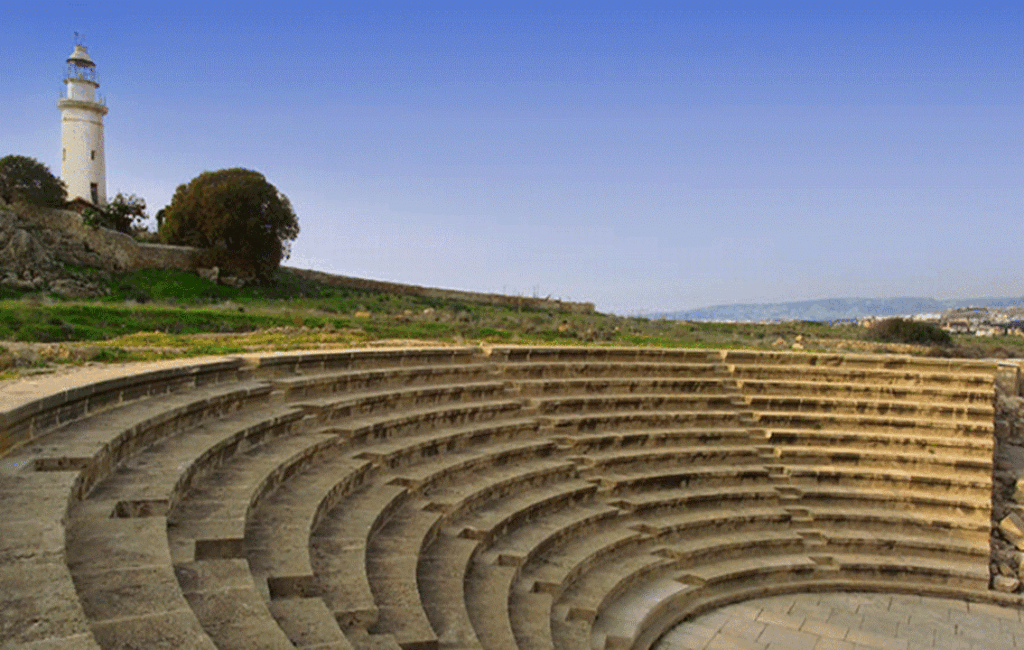
WHAT IS A MOSAIC?
A mosaic is a depiction of a scene that is made up of thousands of tiny, cut-to-size, coloured pieces of stone, marble or glass. The very small geometric tiles, which are known as ‘Tesserae’, are carefully arranged to form intricate and detailed images.

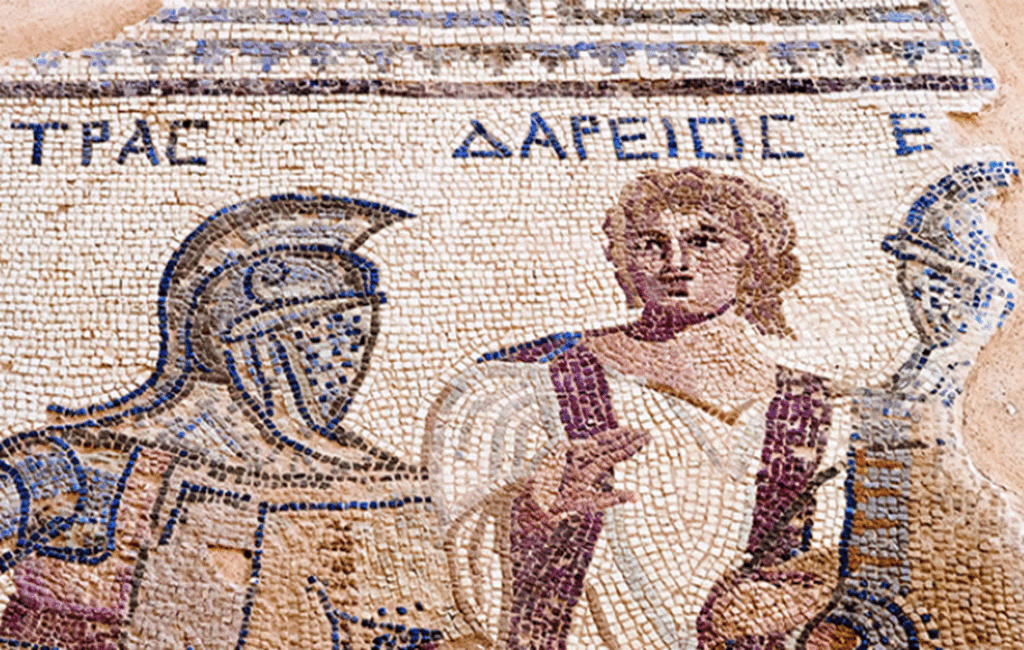
A CHANCE DISCOVERY
The Paphos Mosaics were discovered simply by chance. A farmer in 1962 decided to plough a field that was normally set aside for grazing. As he ploughed, he uncovered the ancient site. After his discovery, the site by the PAPHOS LIGHTHOUSE was completely excavated. The remains of four substantial Roman villas, containing several well-preserved mosaics, were then uncovered.
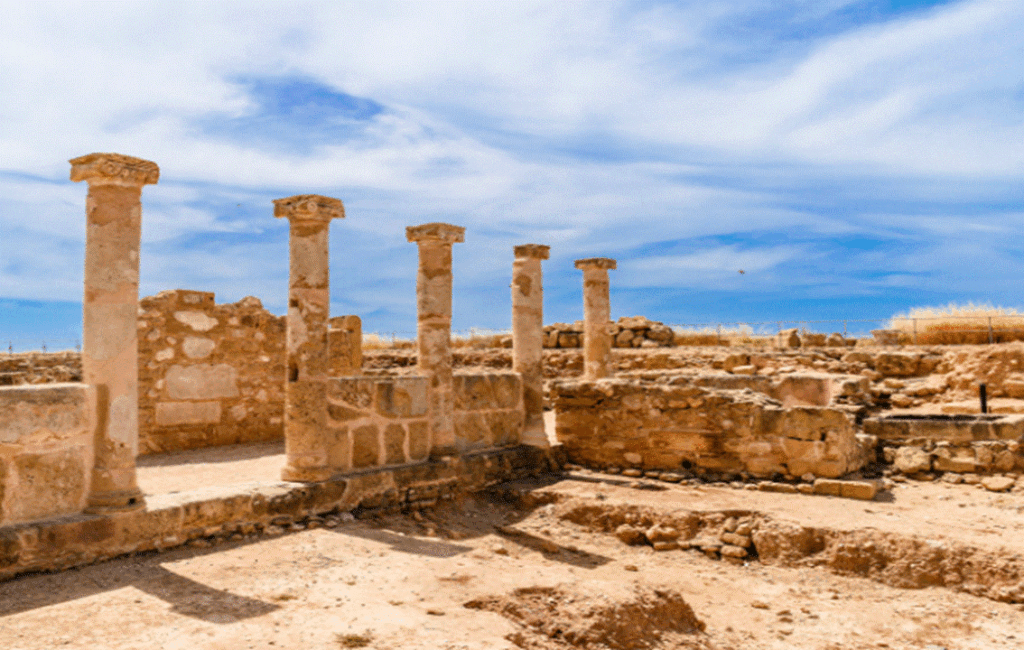
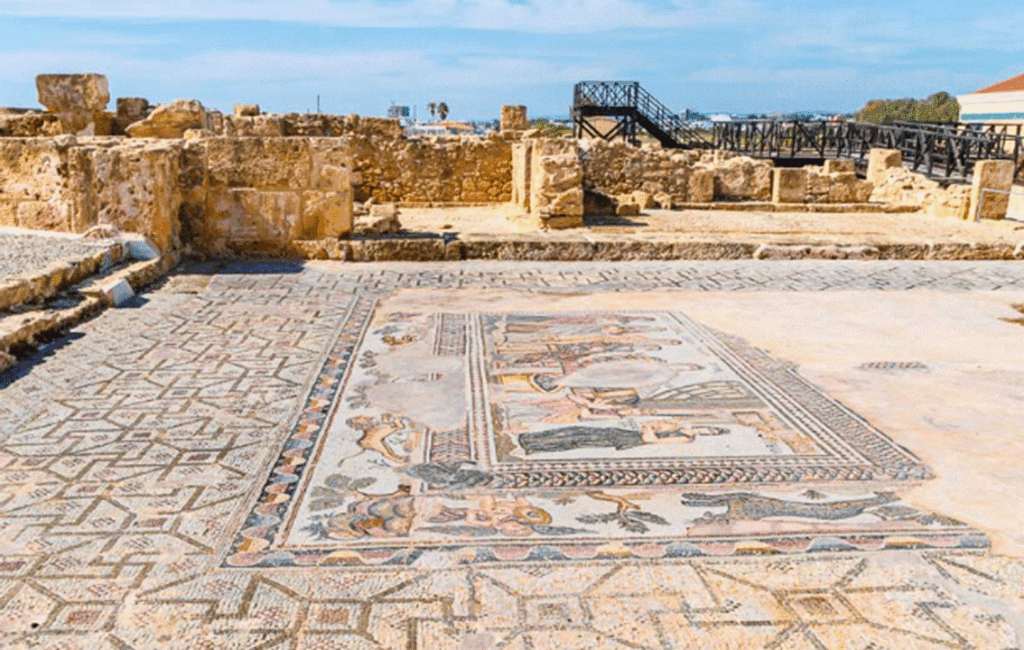
THE PAPHOS ARCHAEOLOGICAL PARK
The farmer’s field would go on to become the Paphos Archaeological Park, which today is a major island attraction. Visited by thousands each year, the site features the four Roman villas and some truly remarkable mosaics that are considered to be amongst the finest preserved Roman-era mosaics in the world.
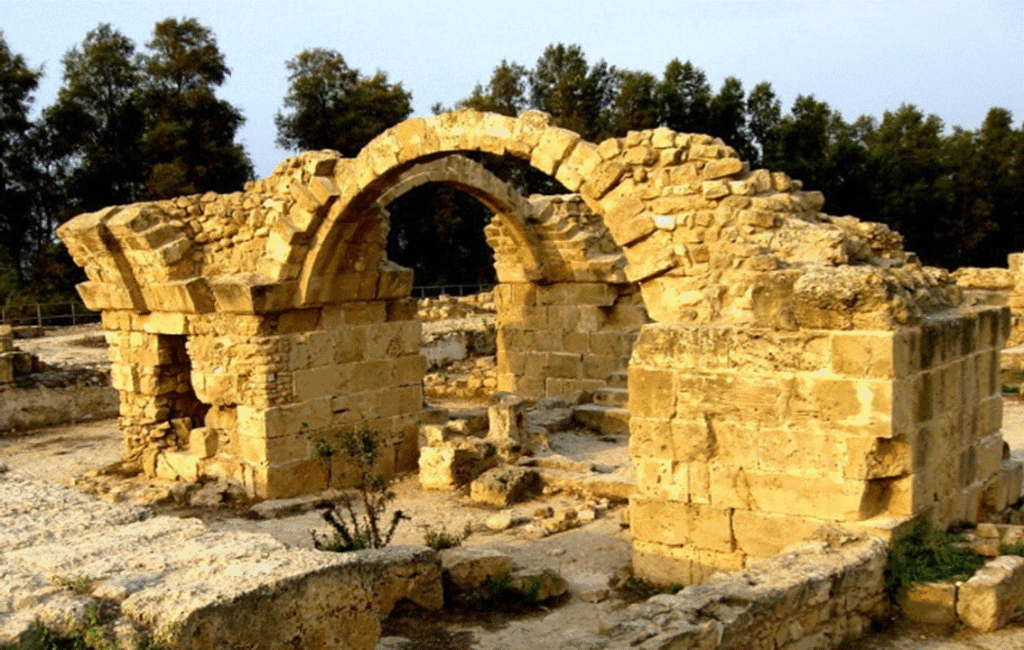
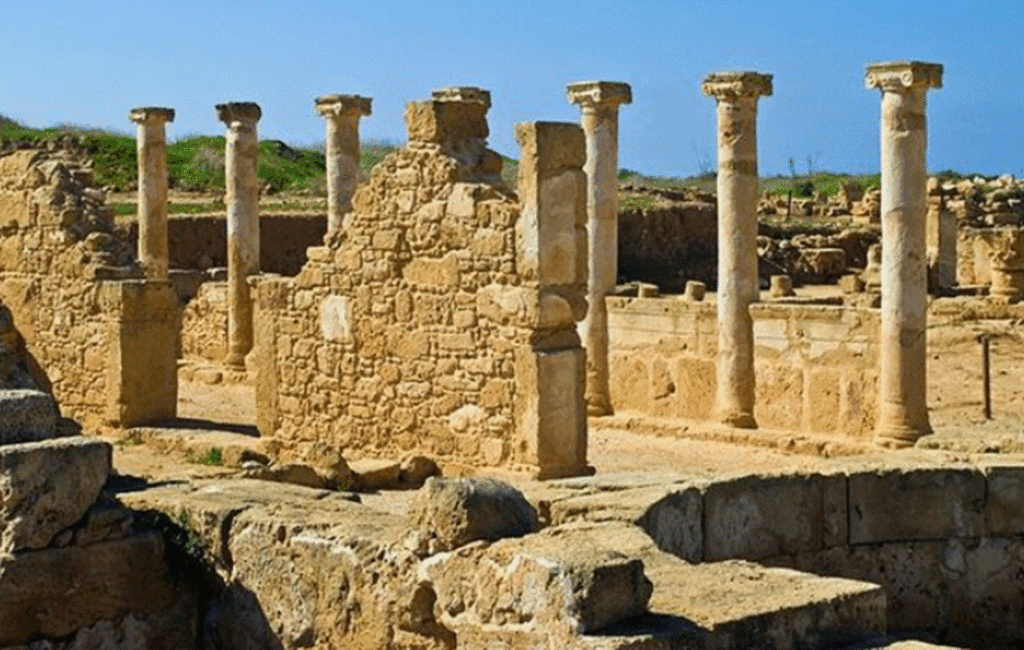
THE FOUR HOUSES
The remains of the four Roman villas are known as the House of Dionysos, the House of Theseus, the House of Aion and the House of Orpheus. Their mosaics are collectively known as the Paphos Mosaics. The protected heritage site exhibits several mosaics from the Roman era, and they include a collection of the most beautiful examples of Roman art in the world. Each house contains a unique and impressive collection of mosaics that depict a wide range of subjects, based on scenes from mythology, religion, agriculture, and daily life.

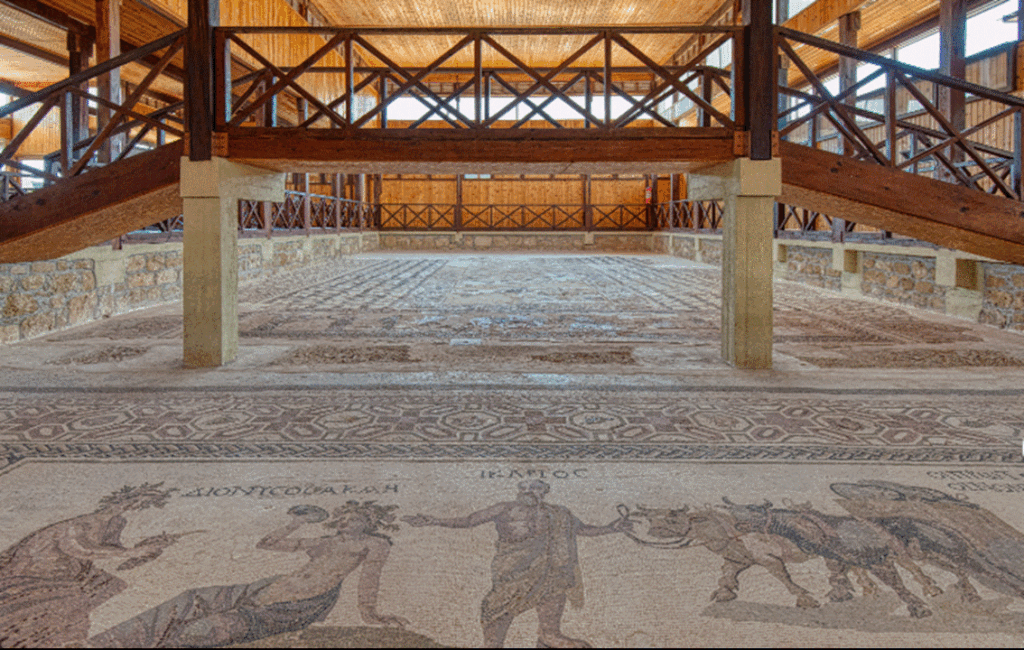
A DEPICTION OF DIFFENT SCENES
The Paphos Mosaics are considered an important cultural and historical Cyprus treasure. The Paphos mosaics are considered to be significant for their artistic and historical value, playing a key role in the preservation of the cultural heritage of Cyprus.

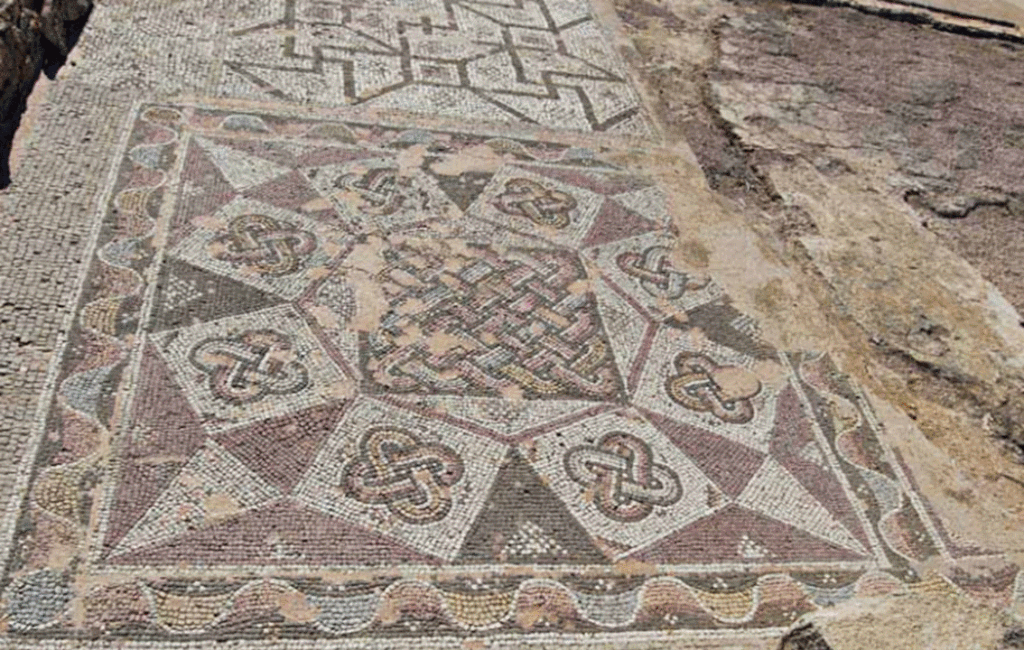
THE HOUSE OF DIONYSOS
This site is named after the god of wine and revelry. The mosaics that are housed within the House of Dionysos, are particularly noteworthy for both their size and geometry. These mosaics depict scenes from Greek mythology. The triumph of Dionysos and the mythical sea monster Scylla are both featured. Other mosaics portray scenes attributed to Acme, Ikarios, Poseidon, Amymone, Pyramone, Thisbe, Zeus, Ganymedes, Phaedra, Hippolytus and Daphne.

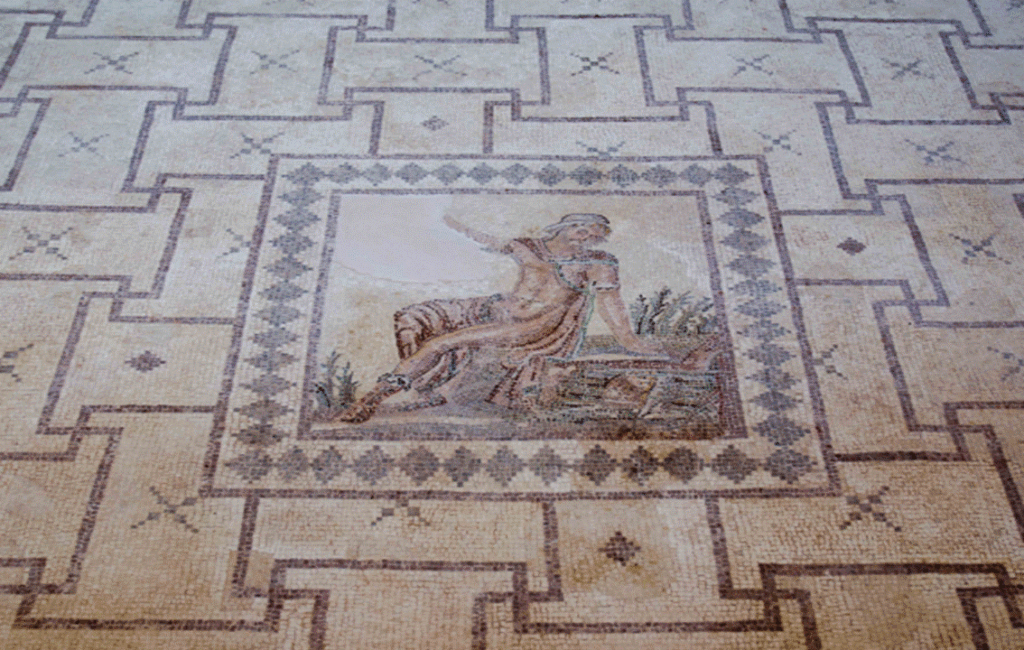
THE HOUSE OF THESEUS
This site is named after the hero Theseus. The mosaics housed within the House of Theseus are particularly noteworthy for their vivid colours and complexity. These mosaics depict scenes from Greek mythology. Theseus battling the Minotaur in the infamous Cretan labyrinth and Ariadne are vividly depicted.

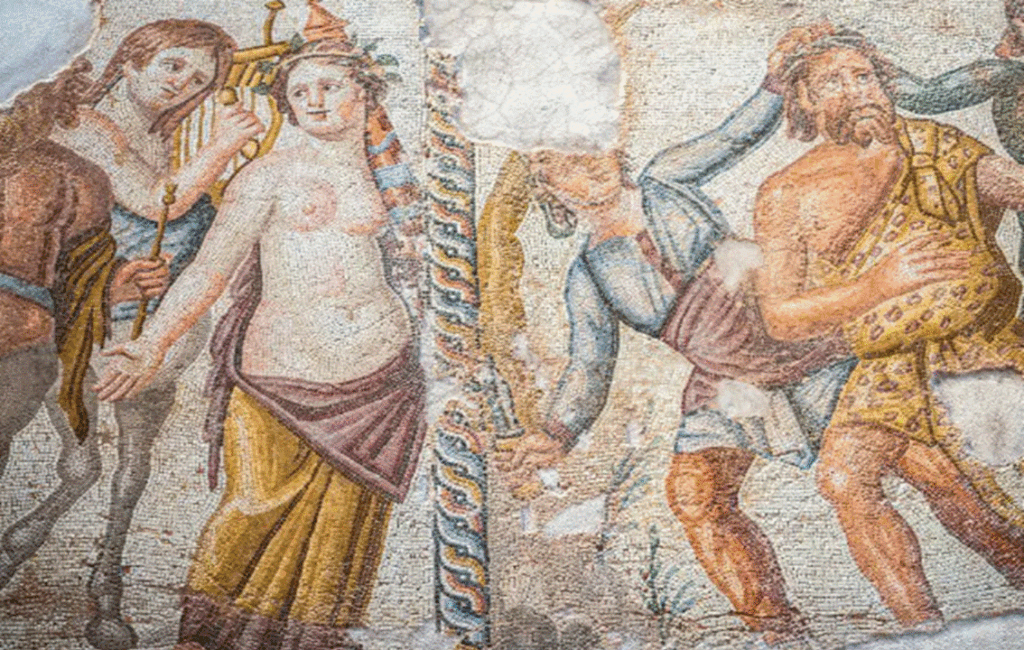
THE HOUSE OF AION
This site is named after the god of eternity. The mosaics that are housed within the House of Aion are particularly noteworthy for their extreme detail and symmetry. The cyclical nature of time is portrayed through the eyes of ancient Rome. Depicting scenes from Greek mythology, the passage of time and the changing of the seasons are personified as figures surrounded by various symbols and motifs.
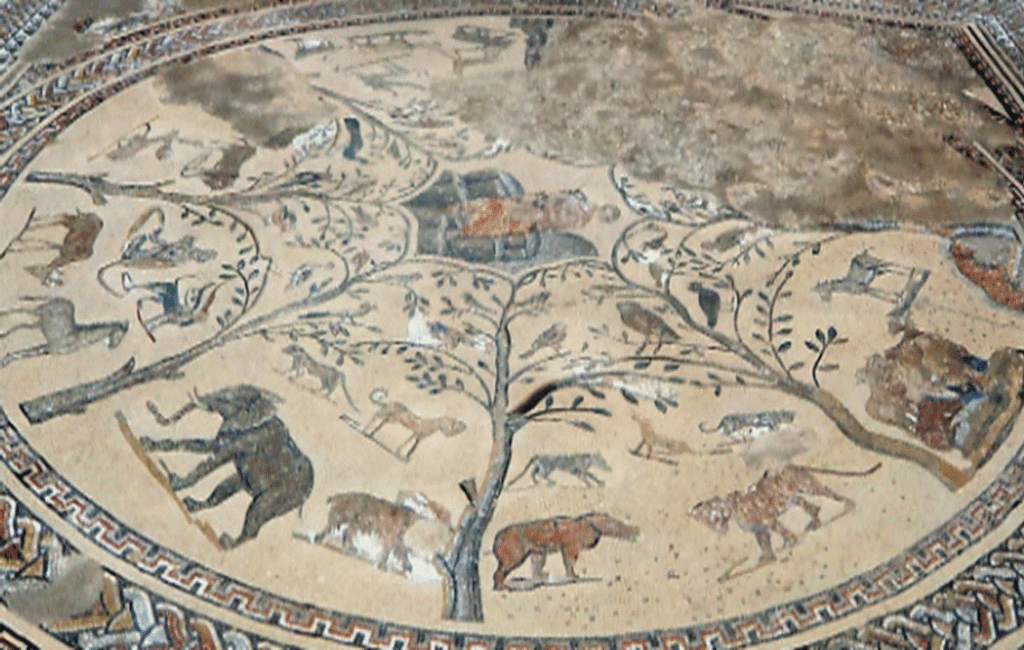
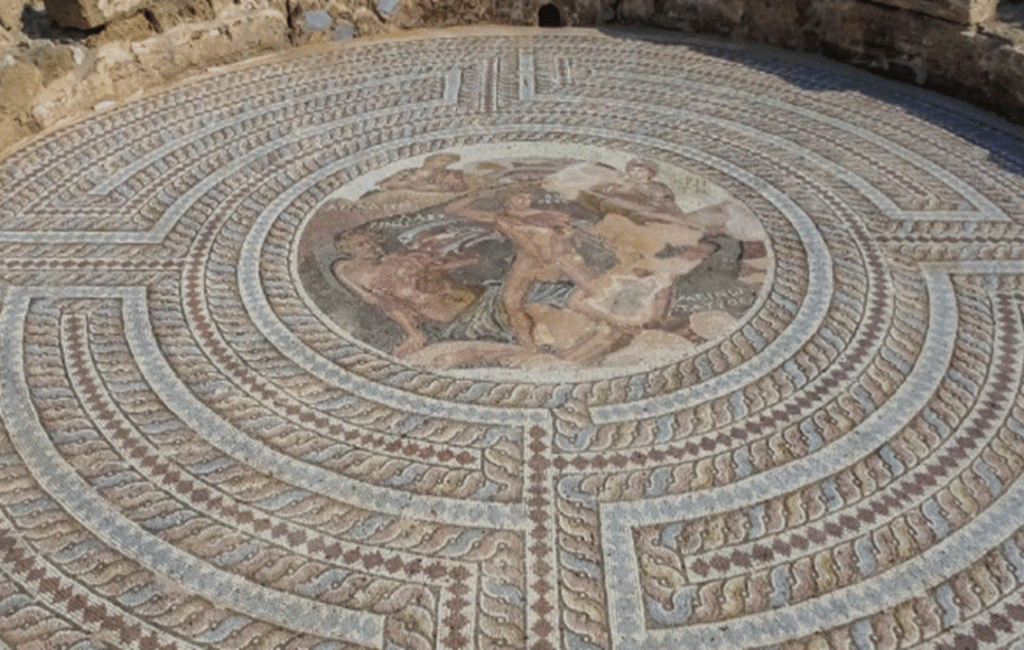
THE HOUSE OF ORPHEUS
This site is named after the musician that bravely challenged Hades for the soul of his wife. The mosaics housed within the The House of Orpheus are particulary noteworthy for their intricate designs and neutral colours.
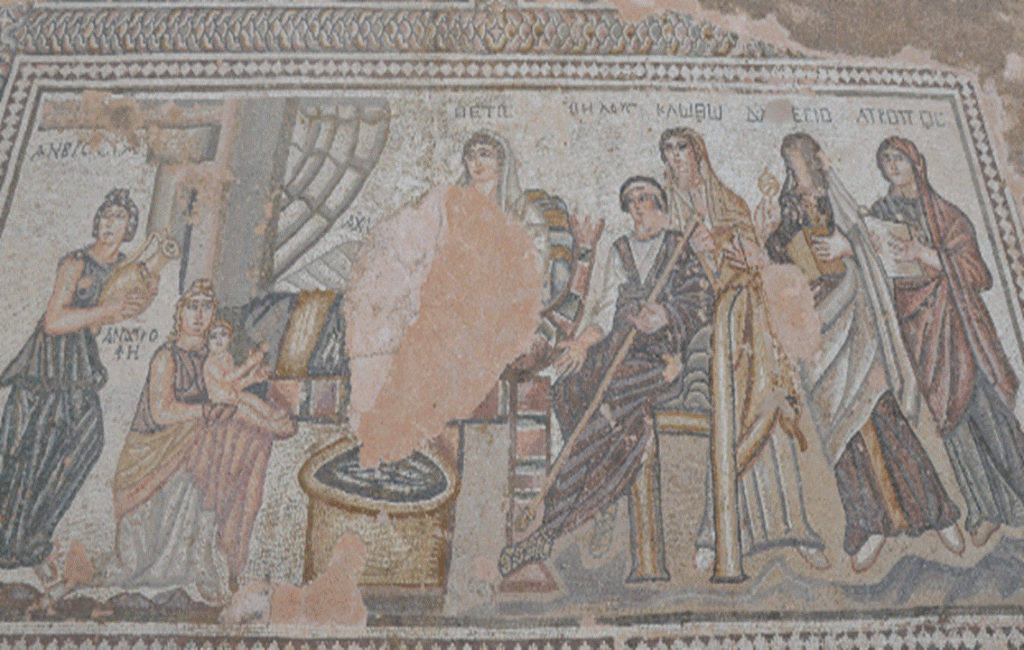

THE FOUR SEASONS
These mosaics also include intricate geometric patterns and floral designs. The skill and artistry of the craftsmen that created them are evidently showcased. Hunting scenes as well as Narcissus and the personification of the four seasons are also featured.
A NEW BORN ACHILLES
The level of detail and expression in these mosaics is truly remarkable, providing a vivid glimpse into the ancient world. Other mosaics portray scenes attributed to Poseidon, Amphitrite and a newly born Achilles, emphasising the stories that captivated the people of that time.
ZEUS IN THE FORM OF A SWAN
Other mosaics portray scenes attributed to Lyda with Zeus, who takes the form of a Swan. An infant Dionysos, Hermes, Nymphs, Anatrophe and Tropheus are also featured. Other scenes depict a beauty contest between Cassiopeia and the Nereids, a music competition between Apollo and Marsyas and a Dionysian procession, which includes maenads and virile satyrs.
ZEUS IN THE FORM OF A SWAN
Other mosaics portray scenes attributed to Lyda with Zeus, who takes the form of a Swan. An infant Dionysos, Hermes, Nymphs, Anatrophe and Tropheus are also featured. Other scenes depict a beauty contest between Cassiopeia and the Nereids, a music competition between Apollo and Marsyas and a Dionysian procession, which includes maenads and virile satyrs.
HERCULES & THE NEMEAN LION
Other mosaics portray further scenes from Greek mythology. These include depictions of the sounds of Orpheus’s lyre taming wild animals. Other mosaics portray scenes attributed to the battle of Hercules with the Nemean Lion and a militant Amazonian horsewoman.

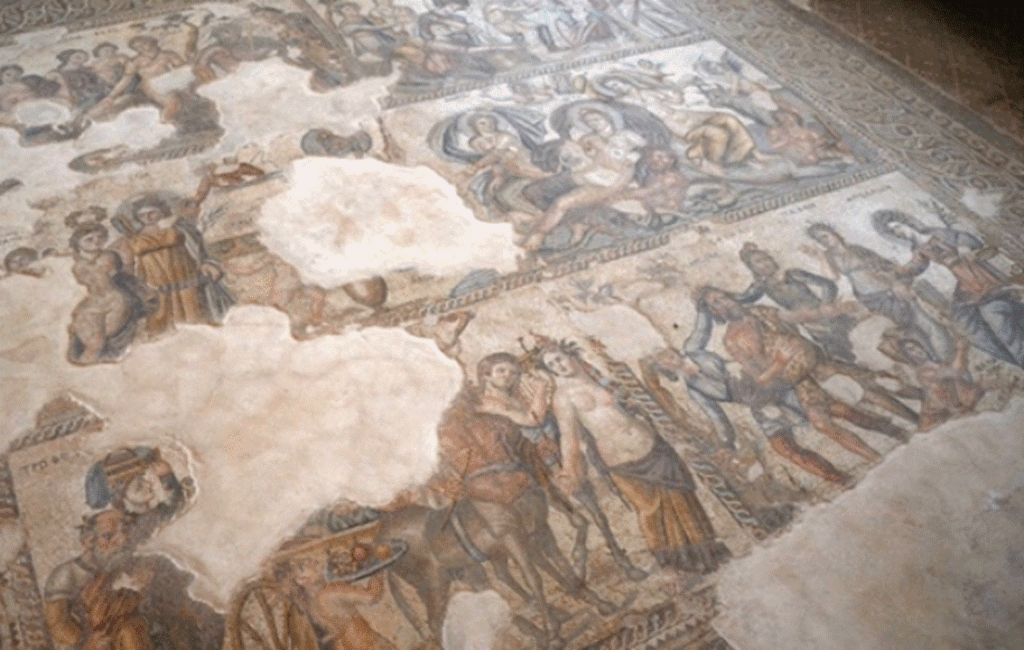
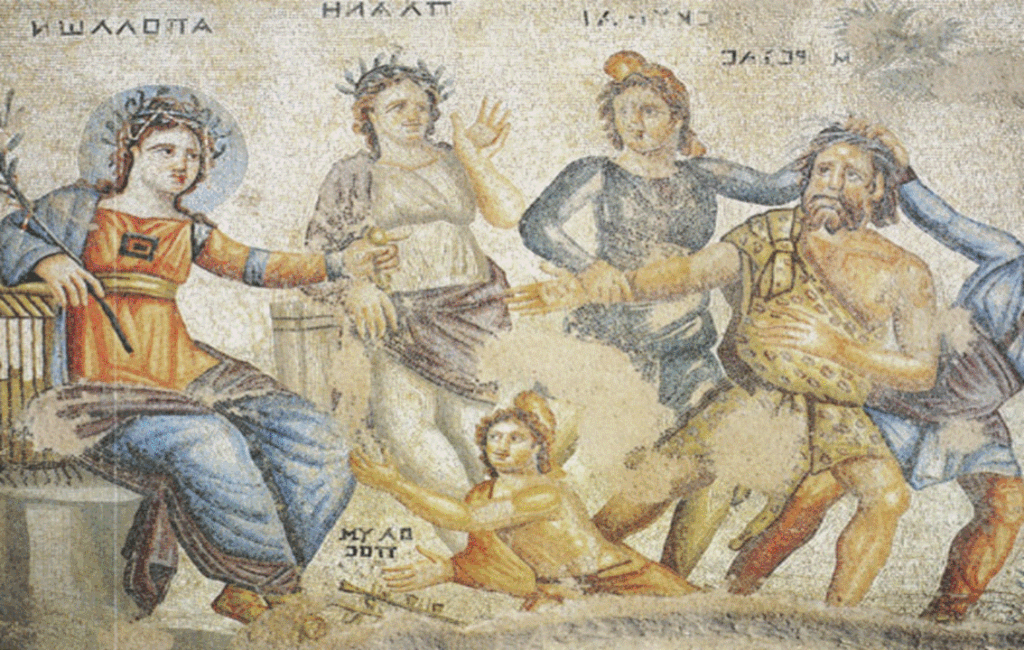
A LEVEL OF DETAIL & EXPRESSION
One of the most remarkable aspects of the Paphos Mosaics is the level of detail and expression in each mosaic. The figures and scenes are depicted with a remarkable level of realism and emotion, and these mosaics truly capture the essence of the stories and events they depict.
REVOLUTIONARY ARTISTIC TECHNIQUES & STYLES
These mosaics also showcase a wide range of artistic techniques and styles. These include perspective, shading, and foreshortening. Roman artisans used these techniques to create a sense of depth and movement in each depiction, vividly bringing each scene to life. this helps to dramatically immerse the viewer into the stories and events they depict.
SOCIAL & CULTURAL LIFE
The Paphos Mosaics are also significant for their historical and archaeological value. The ornate mosaic floors provide important evidence of the architectural and decorative practices of wealthy Roman landowners in Cyprus at the time. The mosaics also offer an interesting insight into the social and cultural life of the period. To an extent, they also offer an insight into the beliefs, customs, and daily life of Roman-era Cyprus. The mosaics provide important evidence of the cultural and religious practices of the time, shedding light on the beliefs and values of the people who created and then lived among these magnificent artworks.
RESEARCH EFFORTS
In recent years, there has been a growing interest in the Paphos Mosaics. Several scholars, archaeologists, and art enthusiasts from all over the world, have shown an avid interest. Major research and conservation efforts have also been carried out to better understand the history and significance of these prime examples of Roman art. As a result, their preservation and protection have remained a priority for Cypriot authorities and various international organisations, responsible for their welfare since their discovery in 1962. This has meant that bold new preservation and restoration techniques have successfully been employed at the site.
A TOURIST ATTRACTION
The Paphos mosaics are a testament to the rich cultural heritage of Cyprus and provide a unique opportunity to catch a glimpse of the island’s history as well as the ancient world. These exceptional mosaics remain amongst the world’s finest, and they have become a popular tourist attraction.
A ONCE IN A LIFETIME EXPERIENCE
Visitors are constantly drawn to the site from all around the world. The whole site allows one to admire not only the beauty of the mosaics but also the site’s historical significance. The site also allows people to envisage first-hand how ancient Romans lived on the island, offering a once-in-a-lifetime experience.
A CULTURAL TREASURE
The Paphos Mosaics continue to be a source of pride for the people of Cyprus. They have also been known to be an inspiration for visitors from around the world. are both a remarkable and important cultural treasure that provides valuable insights into the art and history of the ancient world. These mosaics are not only significant for their artistic and historical value but also for their role in preserving and promoting the cultural heritage of Cyprus. The mosaics are a testament to the skill and creativity of the ancient craftsmen who created them.
PRESERVATION & CONSERVATION
The mosaics also offer valuable information not only about the techniques and materials used in their creation but also in their preservation. This, as well as the methods of preservation and conservation that were employed after their creation, sheds light on how these artworks have survived for centuries.
ONGOING EFFORTS
These mosaics continue to captivate and inspire all who have the opportunity to experience them. Several efforts are constantly being made to ensure the long-term conservation of these works. Ongoing efforts include measures to protect them from environmental damage, vandalism, and theft. This ensures that they will continue to be enjoyed by future generations.
THE PAPHOS ARCHAEOLOGICAL PARK
The Paphos Archaeological Park, which houses the Paphos Mosaics, is an archaeological site that contains the ruins of an important ancient Greco-Roman city. The park is open to the public 7 days a week and a minimal entrance fee of a few euros is charged. A ticket can be purchased at the door on arrival and senior citizens receive a discount. Children can enter for free.
The Paphos Archaeological Park encompasses a large area and as well as the Paphos Mosaics, visitors can experience the well-preserved ancient settlement, which includes many buildings. The PAPHOS LIGHTHOUSE is also in view of the park.
Opening hours
April 16th to September 15th – 8.30am till 7.30pm
September 16th to April 15th – 8:30am till 5:00pm
Tel: 26 306 217

